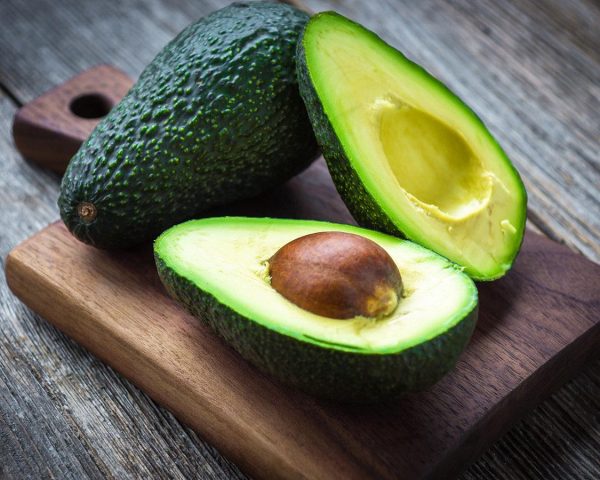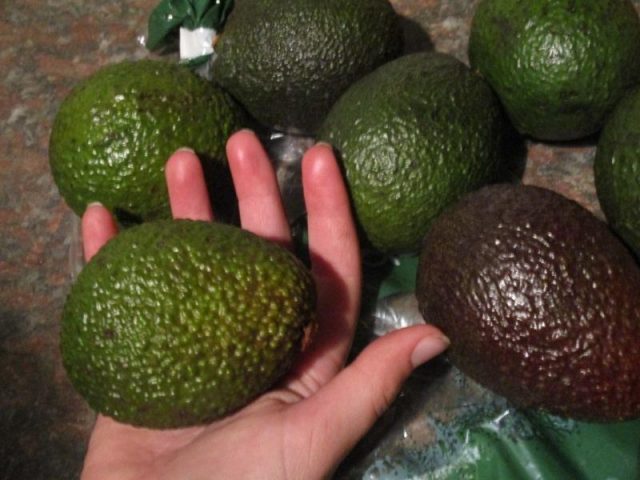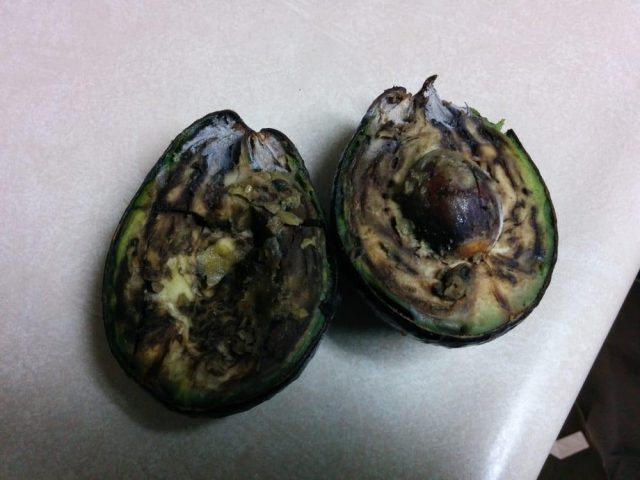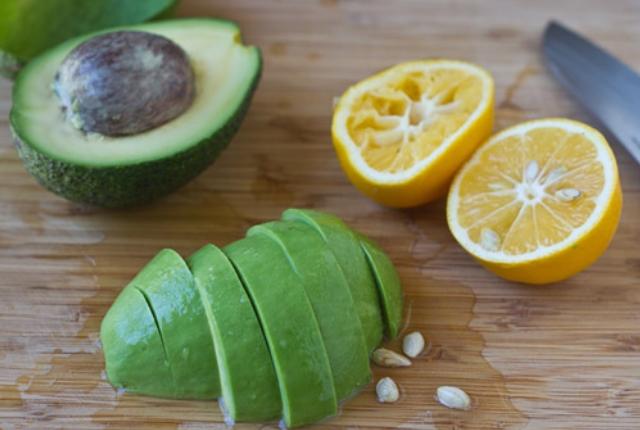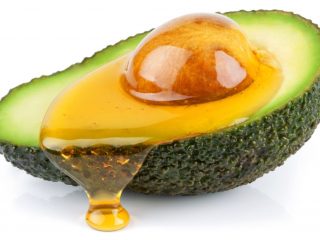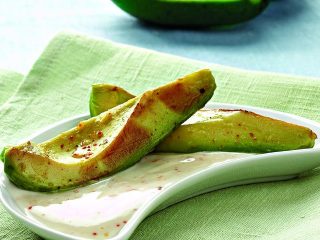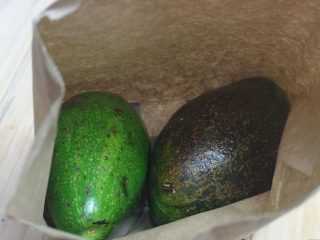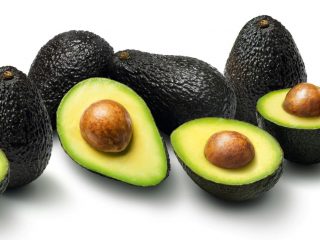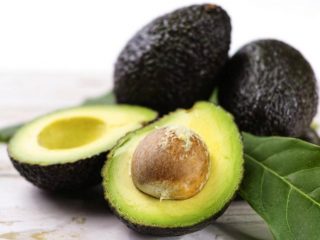Content
Avocados are grown in tropical and subtropical climates. After harvesting, the fruits do not immediately reach the store shelves. During transportation, part of the crop is spoiled, so the owners often collect unripe fruits. Violation of storage or transportation conditions can lead to loss of taste and change in structure. Eating an avocado, black inside or not, is a matter of concern to consumers who choose fruits and vegetables in supermarkets and retail outlets.
What are black dots inside an avocado
The appearance of black dots inside is associated with technical ripeness. Ripeness is determined by several criteria:
- the trace from a slight pressure quickly disappears, the shell takes its previous shape;
- the area where the cutting was located turns green, with brown blotches;
- when pressing on the handle, the oil accumulated inside can seep out;
- when shaking inside, you can hear the tapping of the bone;
- the bone is easily separated from the pulp: it can be taken out with a spoon.
The appearance of the peel does not say anything about the ripeness or preservation of the pulp inside. Depending on the variety, the peel is green, brown and intermediate in color.
Determining whether an avocado can be eaten should be based on the color and structure of the pulp. If the pulp is covered with black dots inside, this may indicate a violation of storage rules. The appearance of black dots occurs due to the fact that the fruit was first stored in a cold room, and then it gets into a warm place.
The answer to the question of whether it is possible to eat the pulp with black dots inside also depends on how much blackness is spread over the surface. If the black spot is located far from the stone and the area covered by it is approximately 10% of the total, that is, such a fruit can be done by first removing the black spots with a spoon. Small black dots are picked out with the sharp tip of a knife, and then the pieces of pulp are used as intended. These pieces will not taste bitter or have any other unpleasant aftertaste.
If the black spot completely surrounds the bone in both halves, and when removed, it turns out that it is common at all levels within the pulp, then such a fruit should not be eaten. In this case, there are several reasons for the appearance of black spots:
- a sharp change in climatic conditions during storage;
- long stay at low temperatures;
- violation of transportation methods;
- possible stay in water and subsequent drying.
A black spot is evidence of overripening. At maximum distribution, it threatens the fruit with a loss of taste and useful properties. It is better not to eat such a fruit, because, most likely, it will taste bitter, and, moreover, it will lose its beneficial properties.
Is it okay to eat a darkened avocado
Avocado has long been considered an exotic fruit, but recently its presence on supermarket shelves has become commonplace. Despite this, consumers are not fully familiar with the specifics of this culture. Many are frightened by the ability of the fruit to darken after cutting. In fact, there is nothing wrong with that. The fact is that the pulp contains an increased amount of iron inside. On contact with air, an oxidation reaction begins. This makes the cut halves darken.
What you need to keep the avocado from darkening
To keep the pulp from darkening for a while, sprinkle it with lemon juice. This will delay the oxidation process.
Another way to help prevent browning is to grease the cut halves liberally with olive oil. After that, unused parts are stored in an airtight container in the refrigerator.
Why avocado is bitter
Often, after successful selection of the fruit, it turns out that it tastes bitter when consumed. If, in addition to bitterness, the avocado contains brown veins inside, this means that the fruit is completely overripe. There will be no benefit from using it, and you cannot eat it. In addition, the taste of dishes prepared with it will suffer.
The second reason for the appearance of bitterness can be the unripeness of the avocado: in this case, it will be light yellow inside, with a bitter taste.
The pulp also begins to taste bitter after heat treatment. Usually they start eating it raw, so as not to be exposed to high temperatures, which destroy the structure and contribute to the loss of useful properties.
Is it okay to eat an avocado if it tastes bitter
Unripe or overripe fruit usually tastes differently. The overripe fruit compensates for the bitterness with the oiliness and softness of the structure.
An unripe avocado inside will be bitter to such an extent that it will be simply impossible to get pleasure from eating it. Bitterness does not mean that the fruit loses its beneficial properties or becomes harmful: it is just a sign of the level of ripeness and a characteristic of taste.
What to do if an avocado is bitter
If the fruit is overripe, then it will definitely taste bitter. You can mask this taste with additional ingredients. It all depends on the skill of the cook or hostess.
If the avocado is bitter due to insufficient ripeness, then you can leave it for several days to lose bitterness through ripening. For this purpose, you can use one of several methods.
- Place the slices in a container, sprinkling liberally with lemon juice. After 3 - 4 days after storage, the fruit will cease to taste bitter, you can eat it.
- The uncut fruit should be left to ripen. To do this, it is wrapped in edible paper and removed for several days to a place where it is dark and dry.
Conclusion
There is an avocado, black inside, or not - they decide, depending on the reasons for the appearance of black spots. Small black specks on the surface of fresh fruit are not harmful. A widespread black spot, which is a precursor to the decay process and evidence of spoilage, is a signal that such a fruit should not be eaten. In addition, you should be aware that unripe avocados can be bitter and tough, so the best option would be to leave such a fruit to ripen.
